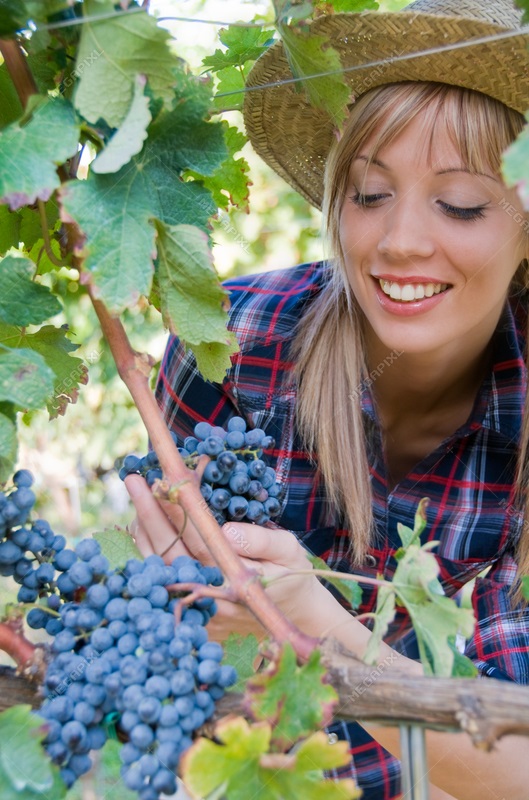Share

We look our best in subdued colors, sophisticated cuts, and a general air of sleek understatement. When I was young, I lived like an old woman, and when I got old, I had to live like a young person.
Men have got more of a discerning eye. They appreciate cut and details, things that aren’t so obvious. They like things that have cachet and gentlemanliness. Elegance is not the prerogative of those who have just escaped from adolescence, but of those who have already taken possession of their future. My shows are about the complete woman who swallows it all. It’s a question of survival. We look our best in subdued colors, sophisticated cuts, and a general air sleek understatement. There is always an emotional element to anything that you make.
“I like the things around me to be beautiful & slightly dreamy, with a feeling of worldliness.”
Here are the steps on how to transplant seedlings outdoors:
1. Choose a sunny spot in your garden that has well-drained soil.
2. Prepare the soil by loosening it with a spade or garden fork.
3. Add compost or manure to the soil to improve drainage and nutrient levels.
4. Water the soil thoroughly.
5. Dig holes that are slightly larger than the root balls of the seedlings.
6. Gently remove the seedlings from their pots or trays.
7. Place the seedlings in the holes and backfill with soil.
8. Firm the soil around the roots of the seedlings.
9. Water the seedlings thoroughly.
10. Mulch around the seedlings to help retain moisture and suppress weeds.
Here are some additional tips for transplanting seedlings outdoors:
* Transplant seedlings in the early morning or evening when the weather is cool.
* Avoid transplanting seedlings on windy or hot days.
* Water the seedlings regularly, especially during the first few weeks after transplanting.
* Fertilize the seedlings every two weeks with a weak solution of fertilizer.
* Protect the seedlings from pests and diseases.
With a little care and attention, your transplanted seedlings will quickly establish themselves in your garden and start to produce fruit or vegetables.
Here are some additional tips for transplanting seedlings:
* Harden off your seedlings before transplanting. This means gradually exposing them to outdoor conditions for a few weeks before transplanting. This will help them to adjust to the change in environment and reduce the risk of transplant shock.
* Water your seedlings thoroughly before transplanting. This will help to minimize transplant shock.
* Be careful not to damage the roots of the seedlings when transplanting.
* Plant the seedlings at the same depth as they were growing in their pots or trays.
* Water the seedlings thoroughly after transplanting.
* Mulch around the seedlings to help retain moisture and suppress weeds.
With a little care and attention, you can successfully transplant seedlings outdoors and enjoy the fruits (or vegetables) of your labor!




